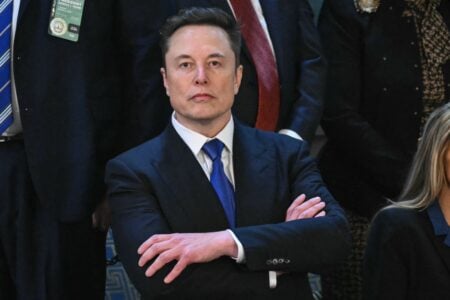In a defining moment for bilateral relations, India has unequivocally stated it will not compromise on protecting its farmers and small producers in ongoing trade negotiations with the United States. The firm stance, articulated by External Affairs Minister S. Jaishankar, comes amidst escalating trade tensions and just days before additional American tariffs on Indian goods are scheduled to take effect. This declaration underscores India’s commitment to strategic autonomy, setting the stage for a complex diplomatic and economic dialogue between the two nations.
How Does the India-US Trade Dispute Impact Global Economics?
The core of the current impasse revolves around a proposed bilateral trade pact. Negotiations have been fraught with difficulty, primarily after India firmly refused to open its sensitive agricultural and dairy sectors to American competition. The government has drawn clear “red lines,” emphasizing its duty to safeguard the livelihoods of millions of small-scale farmers and producers. This protectionist stance is non-negotiable for New Delhi, even as it seeks to deepen ties with Washington. The disagreement has been exacerbated by the US decision to double tariffs on certain Indian goods, with a new wave of levies expected imminently. This tit-for-tat tariff war threatens to disrupt supply chains and increase costs for consumers and businesses in both countries, reflecting a broader global trend of recalibrated trade relationships.
Beyond tariffs, a significant point of contention is India’s continued procurement of Russian crude oil. The US has criticized New Delhi for “profiteering” by buying discounted oil and selling refined products. Jaishankar offered a robust rebuttal, questioning the selective application of this criticism. He pointed out that the same standards are not applied to China, the largest importer of Russian crude, or the European Union, the largest importer of Russian LNG. He argued that India’s actions are driven by national interest and are, in fact, a stabilising force for the global oil market. This defence highlights India’s assertion of its right to make independent strategic choices based on its economic needs.
A third, more diplomatic, issue concerns US involvement in South Asia. Jaishankar firmly rejected any notion of external mediation in India’s relationship with Pakistan, stating that a national consensus against such interference has existed for over five decades. This comment addressed previous claims of conflict resolution by US leadership and reaffirmed India’s position on handling its bilateral issues sovereignly.
The firmness in New Delhi’s posture signals a new chapter in India-US relations, one where economic partnership is pursued without sacrificing core national interests. As additional tariffs loom, the world watches to see whether dialogue or dissonance will define the future of this critical partnership.
Must Know
What are India’s red lines in the US trade deal?
India’s primary red lines involve protecting its agricultural and dairy sectors. The government has stated it will not compromise on policies that safeguard the interests of its farmers and small producers from foreign competition.
Why is the US imposing tariffs on India?
The US has doubled tariffs on certain Indian goods and is set to impose more, citing trade imbalances. A key point of contention is India’s purchase of Russian oil, which the US claims funds the war in Ukraine, though India defends it as an act of strategic national interest.
How has India responded to US criticism on Russian oil?
External Affairs Minister Jaishankar responded critically, noting that the largest importers of Russian energy are China and the European Union. He questioned why India was being singled out and stated that no country is forced to buy refined products from India.
What did India say about US mediation with Pakistan?
India firmly rejected any potential US mediation in its relations with Pakistan. Jaishankar stated that a national consensus against external mediation has been in place for over 50 years, asserting India’s sovereign right to handle its bilateral issues.
Is the India-US trade deal completely stalled?
While negotiations have hit a significant roadblock due to the stated red lines and tariff disputes, they are technically still underway. Both sides continue to engage, but a resolution requires bridging major differences on market access and strategic perspectives.
iNews covers the latest and most impactful stories across
entertainment,
business,
sports,
politics, and
technology,
from AI breakthroughs to major global developments. Stay updated with the trends shaping our world. For news tips, editorial feedback, or professional inquiries, please email us at
[email protected].
Get the latest news and Breaking News first by following us on
Google News,
Twitter,
Facebook,
Telegram
, and subscribe to our
YouTube channel.



